David,
Just out of curiosity.... how many of these have you been able to make it to the site of personally? And which of these today would, say, make your top 3 list (or top 5?) of those you've visited - and why?



| Quote: |
| Quote: |

| Quote: |


| Quote: |
| Quote: |

| Quote: |


| Quote: |










| Quote: |


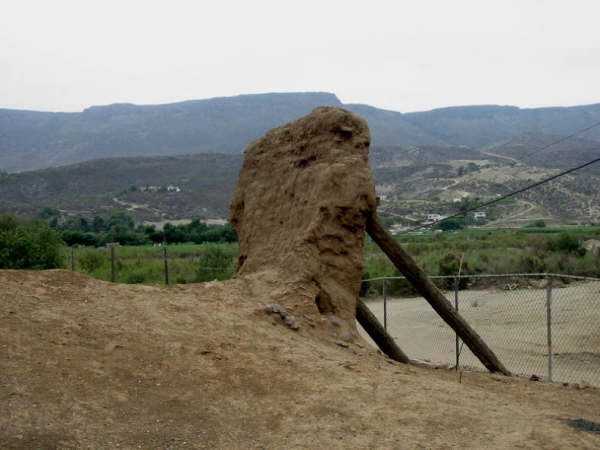
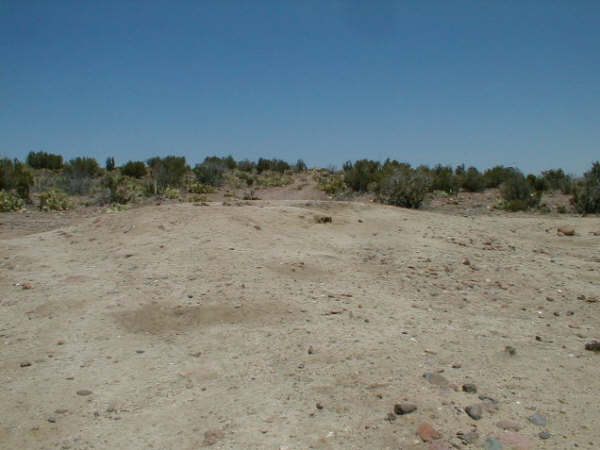
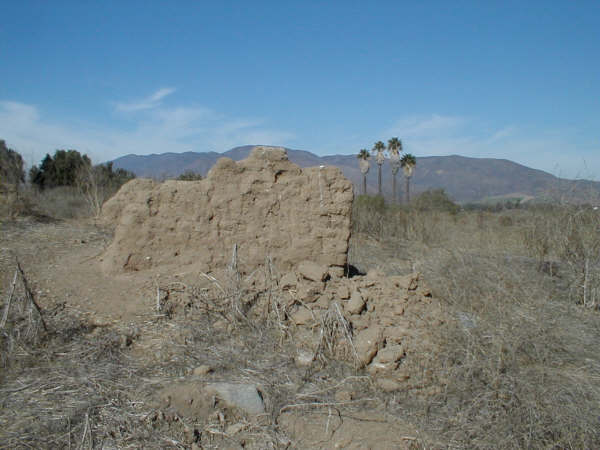



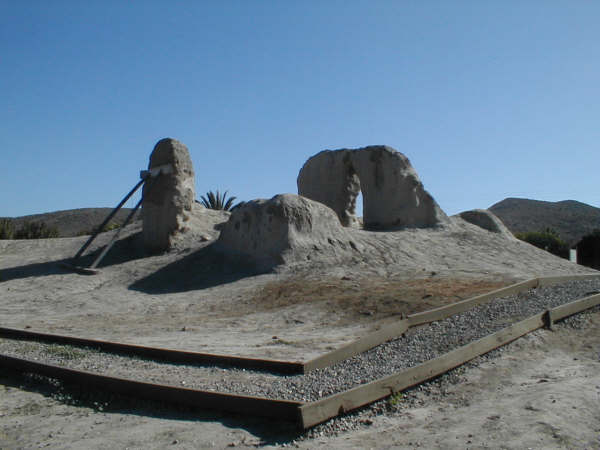


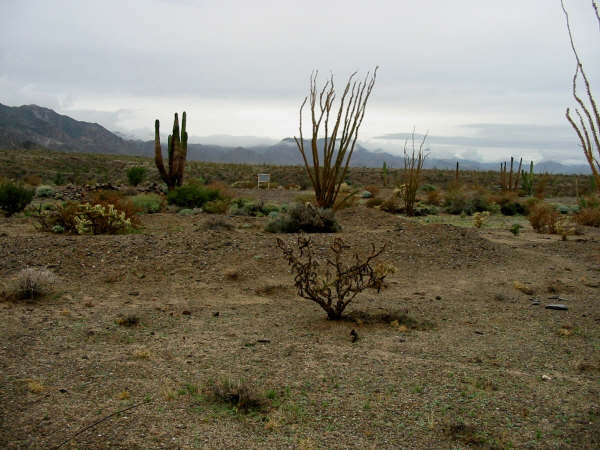







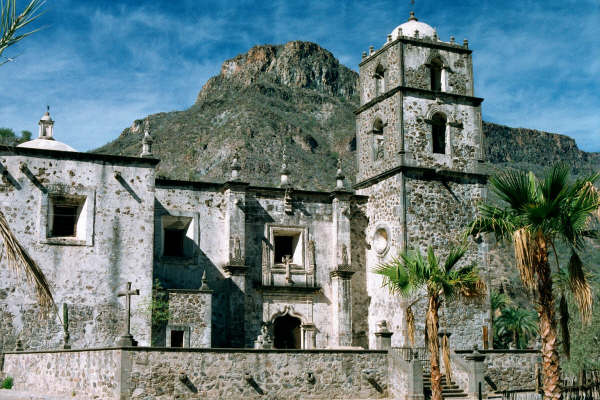


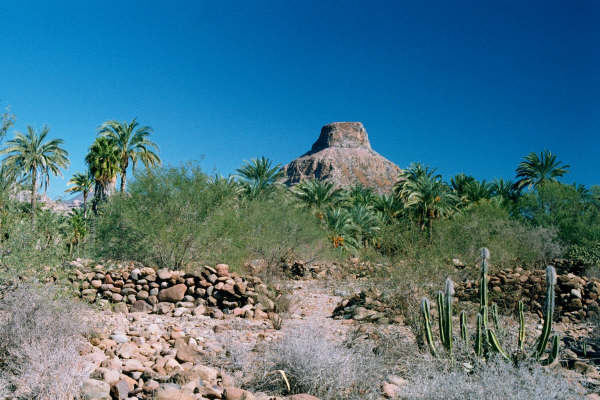

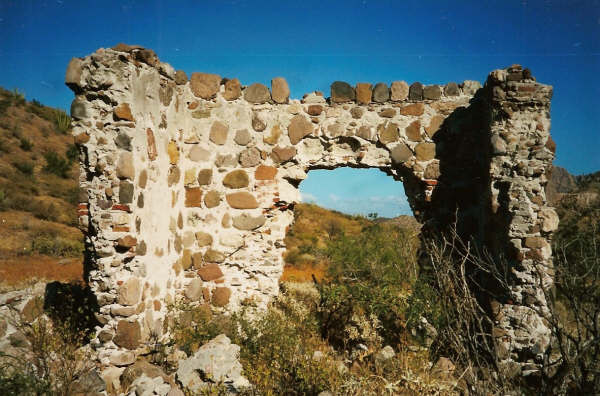

| Quote: |
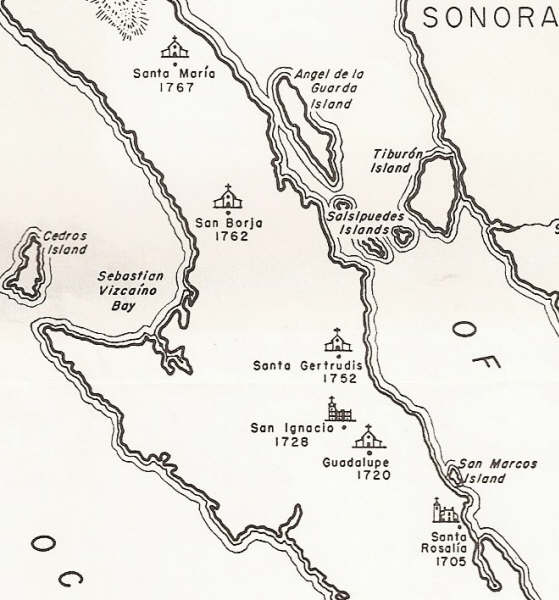
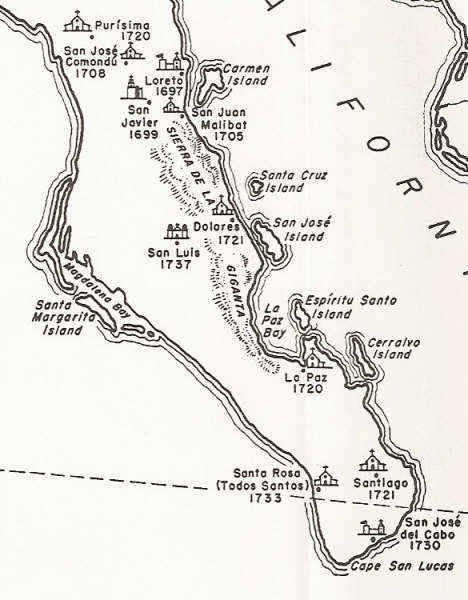



| Quote: |
| Quote: |
| Quote: |



| Quote: |

| Quote: |

| Quote: |


| Quote: |
